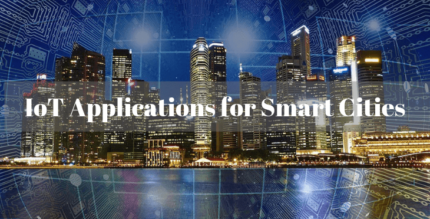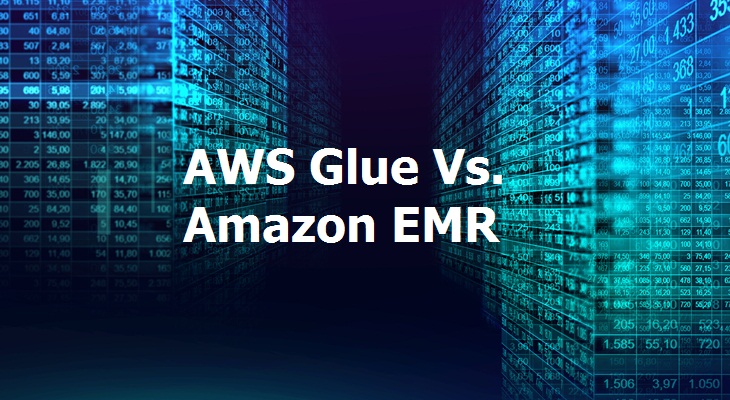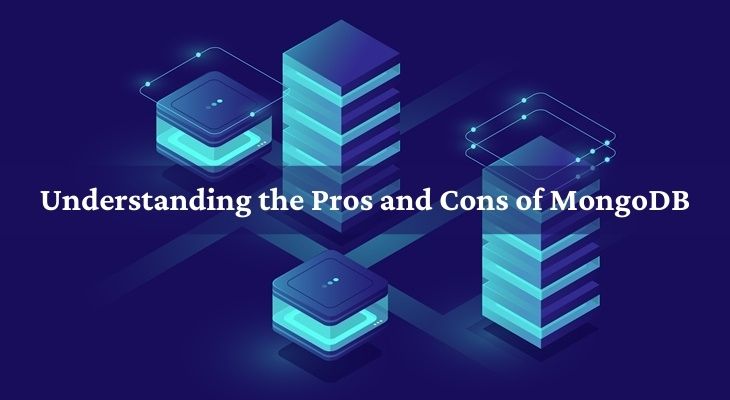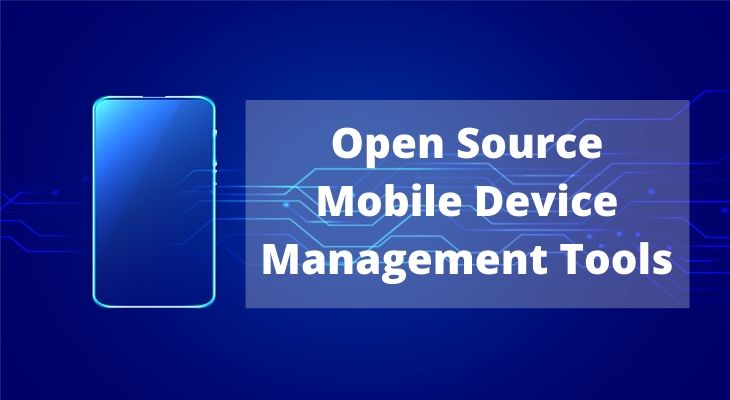

There are many reasons why people continue to move towards cities, such as opportunities for employment, better lifestyle, convenience, and many more.
Well, one of the research from Gartner explained approximately 70 percent population would live in cities by 2050.
This rapid increase in urban growth is placing a considerable strain on the current infrastructure.
To cope up with new demands of cites all around the globe, several municipalities are turning towards the Internet of things for the betterment of services, reducing cost, improving interaction, and communication. Implementation of IoT in cities will lead them to become Smart cities.
As we explained in our previous blog of “IIoT trends for 2019,” why sensor should be interconnected with different types of machinery in industries, so without going into further depth. Let’s have a look at the benefits
More people in cities, mean more traffic on the road. People in metro cities can understand very well what I’m saying.
But fortunately, IoT is making a massive improvement in this area, which can benefit both government and citizens.
Every day cities like London, New York, Delhi, Shanghai suffer from traffic jams but after the implementation of IoT powered smart traffic signals, improvement can be seen.
Let’s take an example to understand the same. Smart traffic signals can adjust their time according to the traffic volume and holidays when traffic is at its peak.
This will help with improved traffic flow.
Officials can collect and aggregate data from the various gadgets which are in sync with each other like traffic camera, mobile phones, road sensors, and vehicles to monitor traffic in real-time to understand the pattern for future implementation.
In case of road maintenance or accidents, drivers get alerts messages and directed towards less congested roads.
IoT will be advantageous when it comes to maintaining the optimal glow with the help of lights throughout the city.
With the help of sensors, it will be easy not only to control but also to capture data for different areas based upon the level of natural illuminance, movement of vehicles, or people.
Having all this data can certainly help design smart lighting solutions.
Finding a parking space near your destination is a nightmare sometimes. But with the help of GPS data from the cellphone of driver and road surface sensors the result of whether the nearby parking spot is available or occupied.
IoT sensor helps the authorities to understand the patterns that, “how citizens use public transport.”
They use this data for enhancing the transportation experience by working on two crucial factors i.e. punctuality and safety. Officials also analyze the data related to other sources such as traffic information and ticket sales.
For instance, in London, train operators analyzed combined data from ticket sales, CCTV cameras, and movement sensors installed in the platform for the prediction of how each car will load up with passengers.
The moment the train arrives at the station, train operators encourage passengers to spread all over the platform to maximize the loading.
With this approach, equal distribution of passengers in each & every car helps ensure that there’s never a delay in departure or arrival of the trains.
Increasing the population means a reduction in the water supply. Well, IoT has the efficiency to transform the way a city consumes water.
A cluster of smart meters enables utility companies to have higher visibility on the consumption pattern of their customers.
With this network, the Utilities Company can monitor the demand for real-time consumption and release supply accordingly.
No need to describe that, “How valuable is water.” Smart water meters detect leakage and data integrity prevents loss of revenue due to any inefficiency.
Also, these meters can be customized in a way that residents can get real-time access to their consumption.
One of the unpleasant jobs around us is the trash collection.
A San Francisco based startup named Compology invented a sensor that can be placed in the garbage bin which can take an image of its content, automatically analyze it and then help the trash collector to optimize the route.
According to research by Navigant, in 2016, global smart waste collection technology is estimated to rise from $57.6 million to $223.6 million in 2025.
In the United States, many cities including Boston and Baltimore are using smart trash that employs real-time sensors for city walk sides.
Most complex but also one of the most popular smart city based use cases for IoT is connected to transportation.
Columbus, Ohio is deploying IoT on streets and in transportation for improving general vehicle operator safety, intersection safety on roads, children playing zones, school zones, and maintaining law at traffic signals.
Let’s look at the IoT implementation model which should be followed to create compelling smart cities.
The initial designing and implementation approach of IoT for smart cities should always start with a basic architecture because that blueprint will be crucial for future references. Here are some basic components for the same:
It is crucial to add data analytics while implementing IOT because with analytics, it possible to screen and monitor sensor devices, and then later we can set rules for applications of IoT in performing a particular set of tasks.
Employment of techniques like Machine Learning, Statistical Analysis, AI, etc. can be crucial in doing an in-depth analysis of data.
For checking and analyzing the behavior of IoT based applications for public welfare, there should be a continuous interaction between both the parties.
For instance, in case of emergencies users should receive alert notifications.
Implementing IoT will make you smart, but to maintain this smartness, we’d have to follow a never-ending process. If some solutions liked by municipalities today, it might well be so that they’re not suitable for tomorrow.
It doesn’t mean that we should make any hateful altercations in the existing system but rather take a more in-depth analytical approach to solve the issue.
At present, IoT might be considered a trend but in the future, it will become a necessity.
As the world population is increasing rapidly, cities around the globe need more space & resources to accommodate and their respective municipalities need technology to make sure their needs are met.
In the near future, IoT will be the biggest weapon for any government to rule successfully.
You may also like to read:
Blogs Category List
Monthly Blog Pick



OUR SOCIAL MEDIA CHANNELS
Ea unde temporibus q.
Dolor et aliquam quo.
Et ex minus inventor.
Et explicabo. Nesciu.
To provide the best experiences, we and our partners use technologies like cookies to store and/or access device information. Consenting to these technologies will allow us and our partners to process personal data such as browsing behavior or unique IDs on this site and show (non-) personalized ads. Not consenting or withdrawing consent, may adversely affect certain features and functions.
Click below to consent to the above or make granular choices. Your choices will be applied to this site only. You can change your settings at any time, including withdrawing your consent, by using the toggles on the Cookie Policy, or by clicking on the manage consent button at the bottom of the screen.
Functional Functional Always activeThe technical storage or access is strictly necessary for the legitimate purpose of enabling the use of a specific service explicitly requested by the subscriber or user, or for the sole purpose of carrying out the transmission of a communication over an electronic communications network.
Preferences PreferencesThe technical storage or access is necessary for the legitimate purpose of storing preferences that are not requested by the subscriber or user.
Statistics StatisticsThe technical storage or access that is used exclusively for statistical purposes. The technical storage or access that is used exclusively for anonymous statistical purposes. Without a subpoena, voluntary compliance on the part of your Internet Service Provider, or additional records from a third party, information stored or retrieved for this purpose alone cannot usually be used to identify you.
Marketing MarketingThe technical storage or access is required to create user profiles to send advertising, or to track the user on a website or across several websites for similar marketing purposes.